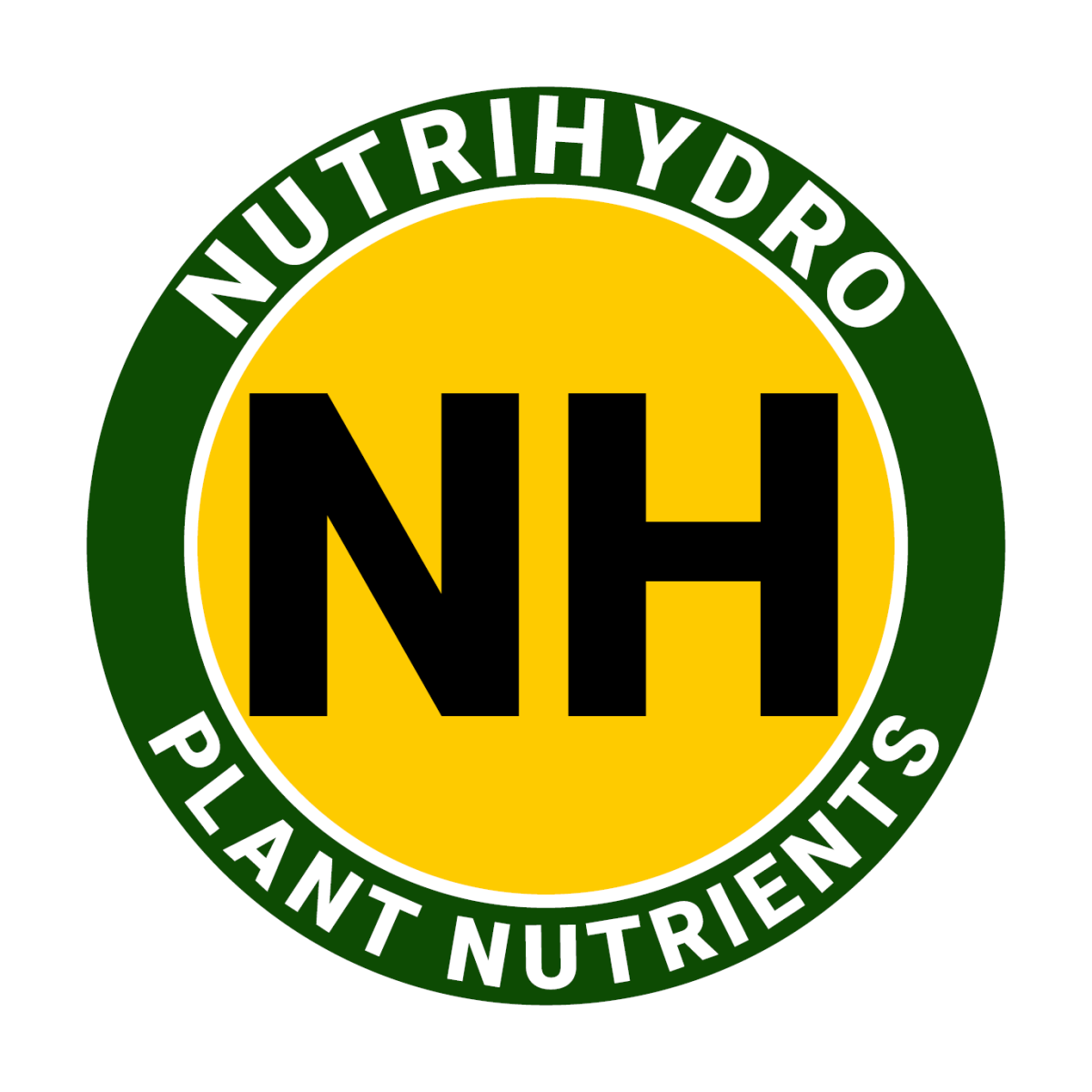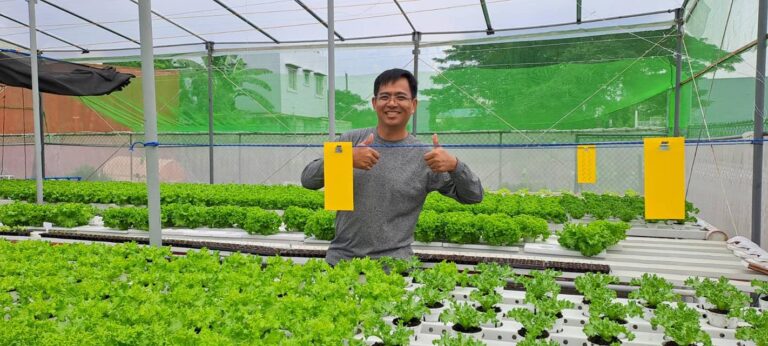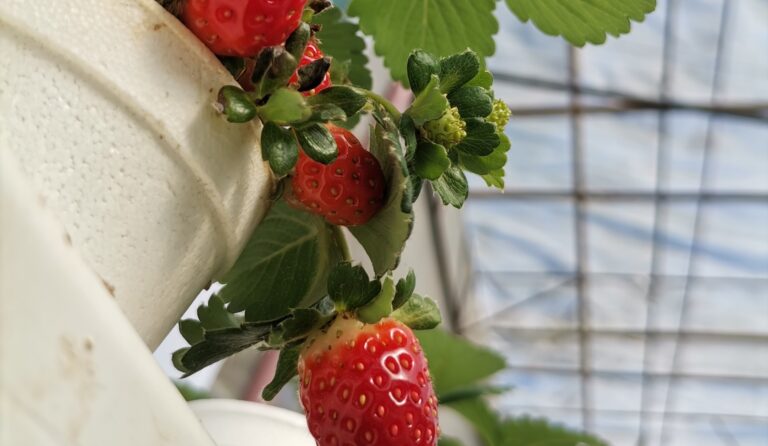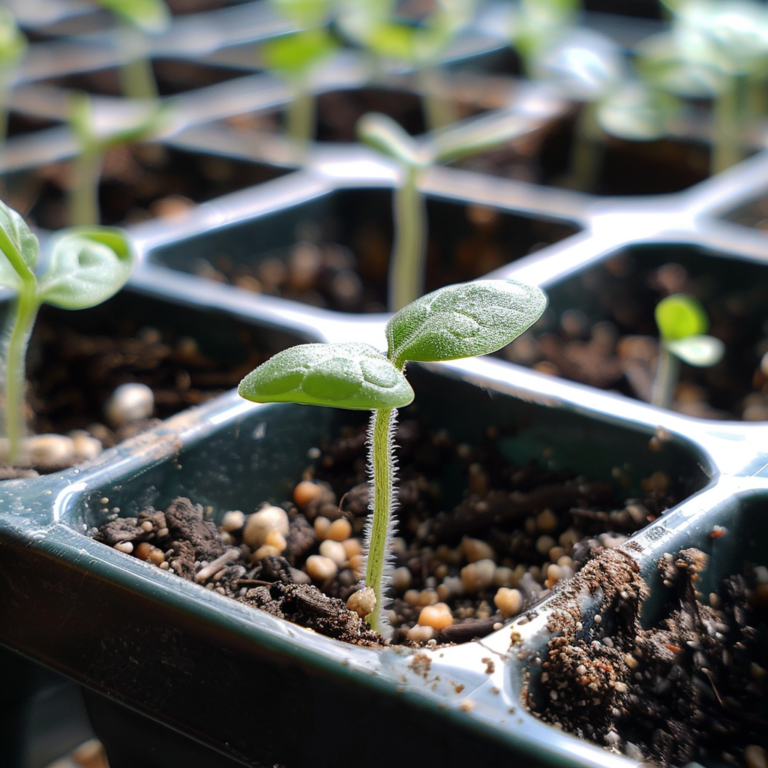Managing Tipburns using NutriHydro
Summer just arrived in Asia and its warmth is felt in the Philippines. Its quite early but lettuce growers have had to deal with summer and tip burns that come with with it. We’ve documented quite a number of causes on how tip burns occur and here’s a super short summary in how to deal with the problem.
1) Heat and Lack of Moving Air
Heat burns the tips of lettuce. Romaines are no exception and are quite vulnerable than other varieties.
To resolve, one or a combination of the following can be used as part of your protocol.
-
- Mist with a manual spray or mist with a misting system. Whichever you choose does not matter. What matters is that a proper misting system is able to drop temperatures in greenhouses by as much as 4 degrees. The key to misting successfully is by simply misting and not soaking lettuce.
- When misting to cool your greenhouse, what you want to do is mist the air so that the temperature drops. The goal is not to apply water to your crops by misting. What you want to do is to mist the air above, as high as you can and with as little water as possible. You want to mist the air to make the air cooler in the greenhouse. You want to mist as little as possible just enough to bring down the temperature and with as little mist as possible that the mist starts to evaporate while it falls its way down to the foliage. Soaking crops in through misting will introduce a new host of problems such as leaf spots, leaf decay, and fungus.
- Use a fan to move the air inside your greenhouse. Using a fan will not only move the air but will also move misted air which will help dry the air in your greenhouse faster compared to not using a fan at all.
2) High TDS Causes Nutrient Burn when Growing Lettuce
We strongly suggest that when using NutriHydro during humid and warm days, to keep your TDS to maximum 600 ppm. In heat and in humidity, high TDS stunts growth, causes tipburn, causes curls, makes foliage appear to be crispy dry, causes lettuce to taste bitter, and in many cases triggers bolting and enters end-of-life stage. In heat and in humidity, lettuce needs more water than nutrients so give your lettuce the water it needs by adjusting the TDS with more water.
To resolve, lower your TDS by adding more water. Lower your TDS to maximum 600 ppm. Go in cycles between 450 ppm low and 600 ppm high. This means to allow the TDS to drop to 450 ppm in a day or two and to bring the TDS back up to 600 ppm in another day or two. Do so in cycles. The idea here is to give lettuce the chance to consume more water than nutrients during times of heat and humid periods.
Happy growing!
Christopher Tuason
NutriHydro is a manufacturer of plant nutrients based in the Philippines. They are known to grow the healthiest, heaviest, and largest lettuce in the country. NutriHydro products are available to purchase from the following e-commerce platforms.
Lazada: bit.ly/3asMYXN
Shopee: bit.ly/3nRJX6Z
Basilyard: bit.ly/346Kklw
NutriHdyro Website: bit.ly/434MoY6





